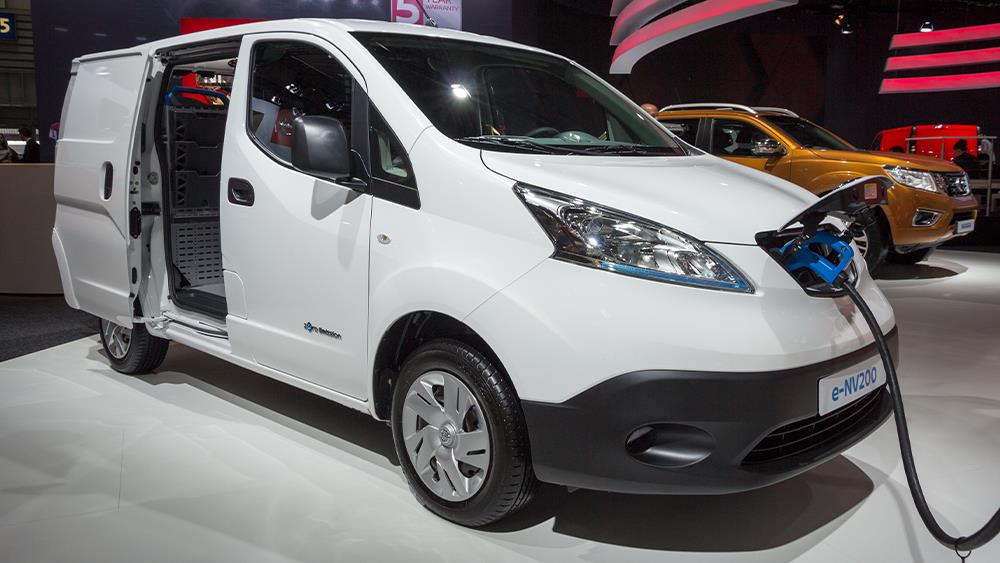

Is it time for merchants to follow the trend and see if a change of direction in the make-up of their fleet of vehicles could help them become more sustainable businesses?
As freak weather events intensify and decarbonisation becomes a new corporate buzz word, the pressure on businesses to be seen to do their bit is increasing from society at large and customers in particular.
Being able to boast of making carbon-free delivery could be, if nothing a else, a good marketing point for a business trying to differentiate itself from the competition.
A changing environment
Long derided for its lack of reliability, the technology underpinning electric vehicles has now reached maturity and is still evolving rapidly and constantly, driving mile-range and efficiency forward, and prices down. Electric vans have become an increasingly valid option for many sectors of industry. And thanks to government legislation, automotive brands are offering desirable models with perfectly functional mile ranges.
In its 10 Point Plan for a Green Industrial Revolution, the UK Government has announced a ban on the sale of new diesel or petrol vehicles after 2030. Hybrid vehicles will remain available for another five years after that, but all vehicles will have to be able to be charged by electricity. Which such deadline looming, the number of electric vehicle is bound to grow significantly in the coming years, even if the deadline is still far off in terms of motor vehicle lifetime.
In the meantime, having easy and assured access to rapid charge points will be a crucial consideration. The public network of rapid electric charge points is constantly expanding but businesses interested in switching the composition of their fleet should factor in the installation of charge points on their own premises. This is not only more practical for everyone, it is cheaper.
Reasons to switch
While the uptake for electric vehicles in the UK is still slow, it is gradually increasing. Some global corporations, such as Amazon and UPS, have already opted to turn their fleets of delivery vehicles electric. The concept is therefore not as far-fetched as it may seem.
Beyond the satisfaction of reducing carbon emissions, cost is of course the main consideration. While it may cost more to buy or lease an electric van than a tradition one, it is worth looking at it in terms of the total cost of ownership (TCO) of the vehicle.
Past the initial outlay, every-day running costs, chiefly fuel costs, but also taxes, will make up for the difference, although, they will vary depending on circumstances, such as cost of electricity, or driving style. The average number of miles driven must be considered too, but the Government’s Plug-in Van Grant, with its discount of up to £8,000, offers a great incentive for switching.
Types of vehicles
Vans manufacturers are all offering electric versions of their ‘traditional’ vehicles, which means there are many options available, depending on a business’ needs. In terms of volume of cargo transported, there are no differences with combustion-engine vehicles.
Smaller and mid-sized vans now offer viable options for zero-carbon deliveries. They are designed mostly for the so-called “last-mile” delivery: shorter journeys from the distribution centre or the yard to the client, with a driving range that should cover a day’s work comfortably (between 100 and 200 miles when fully charged).
Sustainability and reducing carbon emission are a bit topic of the moment, made all the more urgent for fleet managers by the looming bans on combustion vehicles. Beyond this, however electric vehicles have now become a serious option, one that could possibly save money for the business and is therefore worth considering.
Of course, for those worried about taking the plunge fully, hybrid vehicles represent a good half-way house on the road to cutting down fossil fuel emissions. For now.